The Impact of Rational Primer Design on PCR Experimental Outcomes
DOI: 10.23977/tranc.2025.060109 | Downloads: 7 | Views: 544
Author(s)
Chenyu Bi 1, Tianyue Liu 2
Affiliation(s)
1 Shanghai Xinchuan High School, No.981 Miaochuan Road, Pudong New Area, Shanghai, China
2 Chengdu Experimental Foreign Languages School (Xinjin Campus), No.555-2, Section 2, Yongliu Road, Puxing Subdistrict, Chengdu, Sichuan, China
Corresponding Author
Chenyu BiABSTRACT
Precision cancer modeling relies on high-fidelity PCR technology for validating genetically engineered animal models. However, suboptimal primer design frequently causes non-specific amplification and reduced detection sensitivity. In this study, we employed traditional primer design principles to develop target-specific primers for validating Smad4 and Cre gene knockout in a colorectal cancer mouse model. Through optimized PCR amplification and DNA gel electrophoresis, we achieved high specificity in genotyping with clear band separation and confirmed tissue-specific recombinase activity. These results demonstrate that rational primer design ensures reliable amplification efficiency and minimizes off-target effects. Furthermore, we discuss the limitations of conventional design strategies in complex genomic contexts and propose computational approaches for enhancing primer specificity in future studies.
KEYWORDS
Primer Design, PCR, Cancer Model, Specificity, SensitivityCITE THIS PAPER
Chenyu Bi, Tianyue Liu, The Impact of Rational Primer Design on PCR Experimental Outcomes. Transactions on Cancer (2025) Vol. 6: 63-70. DOI: http://dx.doi.org/10.23977/tranc.2025.060109.
REFERENCES
[1] Shen, Z., Qu, W., Li, Z., et al. 2010. PCR primer specificity checking system (PSC): construction and application. Bioinformatics (Chinese Edition) 2: 134–138. https://doi.org/10.1186/1471-2105-11-143
[2] Wang, W., Qu, W., Shen, Z., et al. 2010. Experimental study on improving multiplex PCR efficiency by designing primers with MPprimer and optimizing amplification conditions. Progress in Biochemistry and Biophysics 37(3): 342–346. https://doi.org/10.3724/SP.J.1206.2009.00552
[3] Alves, F.A., Pelajo-Machado, M., Totino, P.R., et al. 2015. Splenic architecture disruption and parasite-induced splenocyte activation and anergy in Plasmodium falciparum-infected Saimiri sciureus monkeys. Malaria Journal 14: 128. https://doi.org/10.1186/s12936-015-0641-3.
[4] Rana, D.R., Pokhrel, N., Dulal, S., et al. 2022. Rational primer and probe construction in PCR-based assays for the efficient diagnosis of drifting variants of SARS-CoV-2. Advances in Virology 2022: 2965666. https://doi. org/10. 1155/2022/2965666.
[5] Lau, C.H., Guo, K., Chen, G., et al. 2025. Artificial base mismatches-mediated PCR (ABM-PCR) for detecting clinically relevant single-base mutations. Clinical Chemistry and Laboratory Medicine 63(7): 1301–1314. https://doi. org/10. 1515/cclm-2024-0962.
[6] Xue, L., Cai, W., Wu, Q., et al. 2016. Direct sequencing and analysis of the genomes of newly emerging GII.17 norovirus strains in South China. Journal of Applied Microbiology 120(4): 1130–1135. https://doi.org/10.1111/jam.13052.
[7] Qu, W., Shen, Z., Zhao, D., et al. 2009. MFEprimer: multiple factor evaluation of the specificity of PCR primers. Bioinformatics 25(2): 276–278. https://doi.org/10.1093/bioinformatics/btn614.
| Downloads: | 1145 |
|---|---|
| Visits: | 91533 |
Sponsors, Associates, and Links
-
MEDS Clinical Medicine
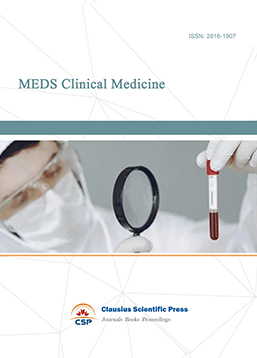
-
Journal of Neurobiology and Genetics
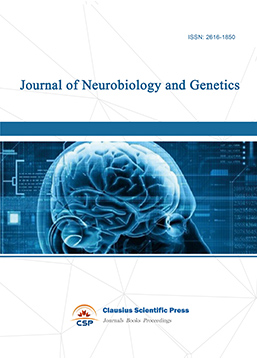
-
Medical Imaging and Nuclear Medicine

-
Bacterial Genetics and Ecology
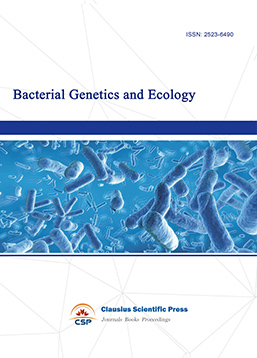
-
Journal of Biophysics and Ecology

-
Journal of Animal Science and Veterinary
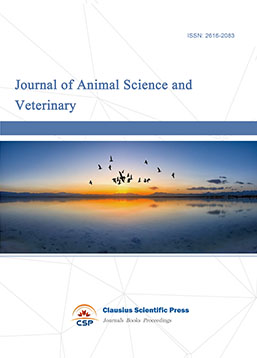
-
Academic Journal of Biochemistry and Molecular Biology
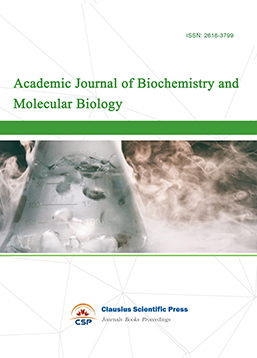
-
Transactions on Cell and Developmental Biology

-
Rehabilitation Engineering & Assistive Technology
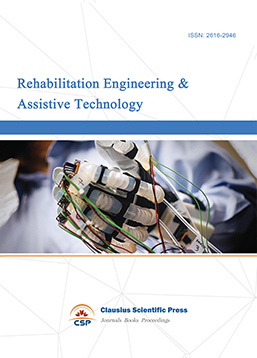
-
Orthopaedics and Sports Medicine
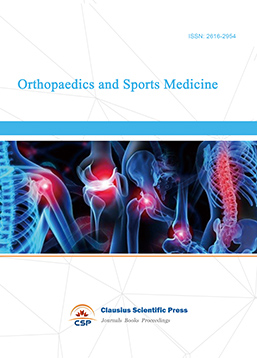
-
Hematology and Stem Cell

-
Journal of Intelligent Informatics and Biomedical Engineering
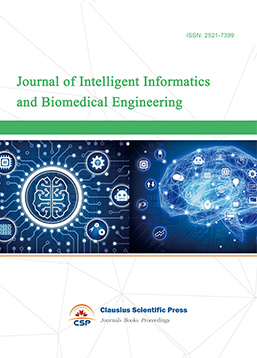
-
MEDS Basic Medicine
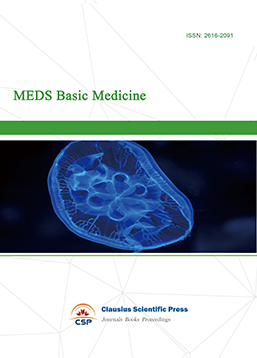
-
MEDS Stomatology
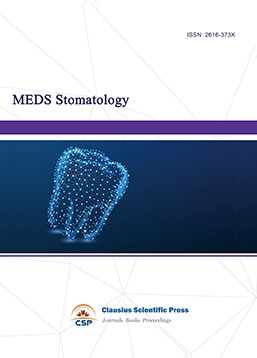
-
MEDS Public Health and Preventive Medicine
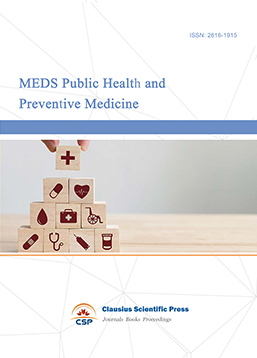
-
MEDS Chinese Medicine
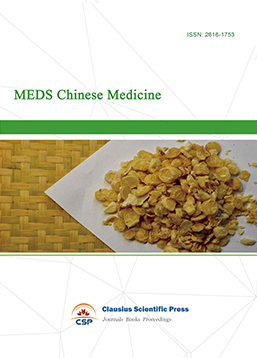
-
Journal of Enzyme Engineering

-
Advances in Industrial Pharmacy and Pharmaceutical Sciences
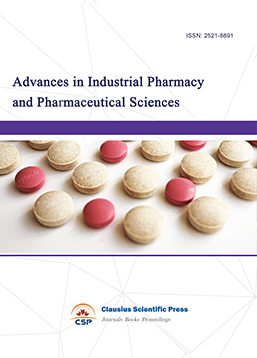
-
Bacteriology and Microbiology
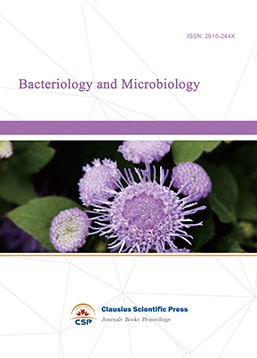
-
Advances in Physiology and Pathophysiology

-
Journal of Vision and Ophthalmology
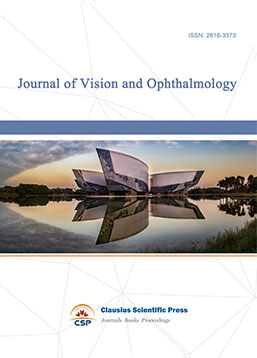
-
Frontiers of Obstetrics and Gynecology

-
Digestive Disease and Diabetes

-
Advances in Immunology and Vaccines

-
Nanomedicine and Drug Delivery
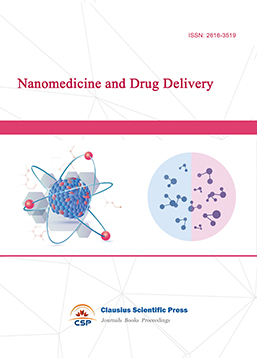
-
Cardiology and Vascular System

-
Pediatrics and Child Health

-
Journal of Reproductive Medicine and Contraception

-
Journal of Respiratory and Lung Disease
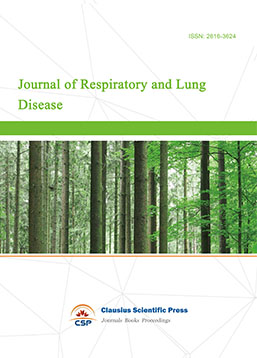
-
Journal of Bioinformatics and Biomedicine


 Download as PDF
Download as PDF